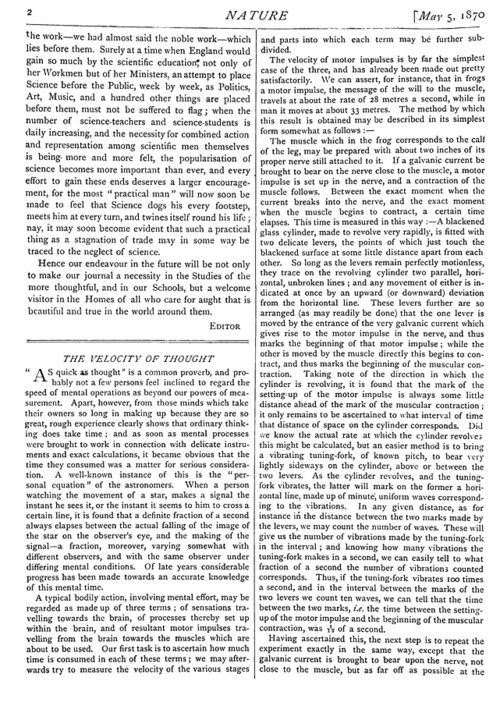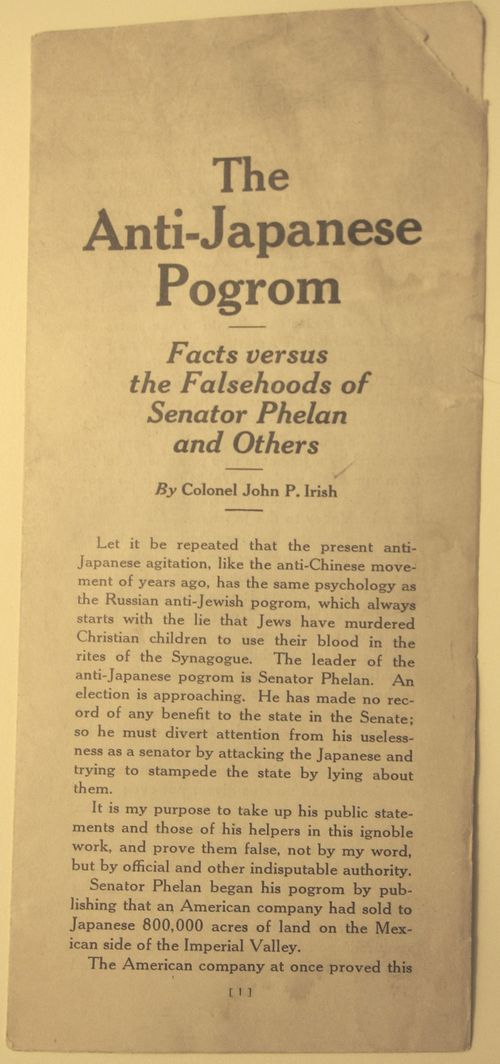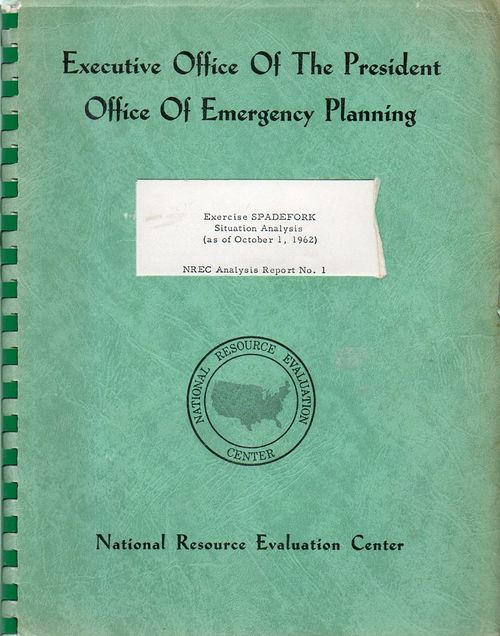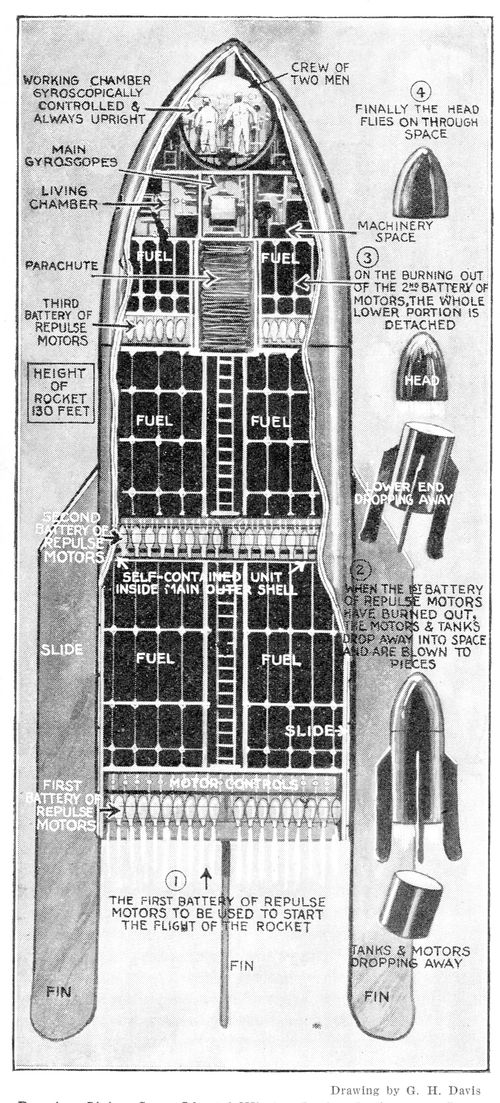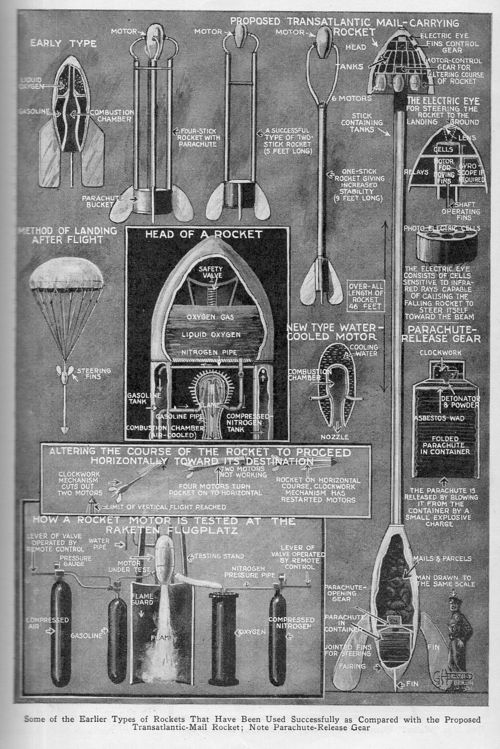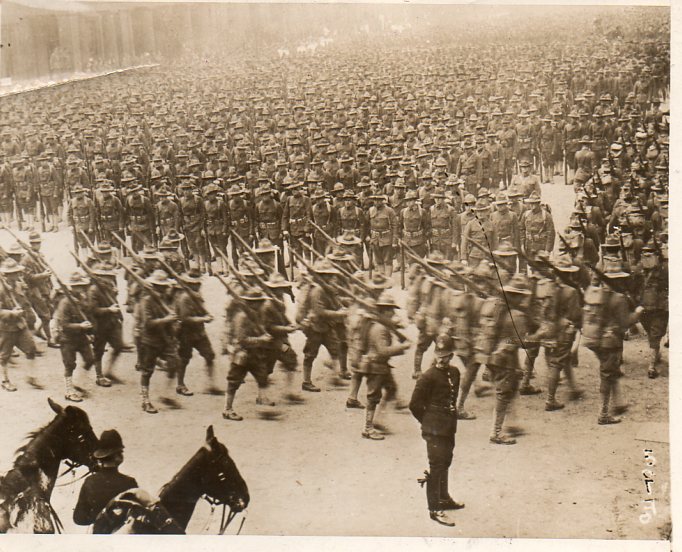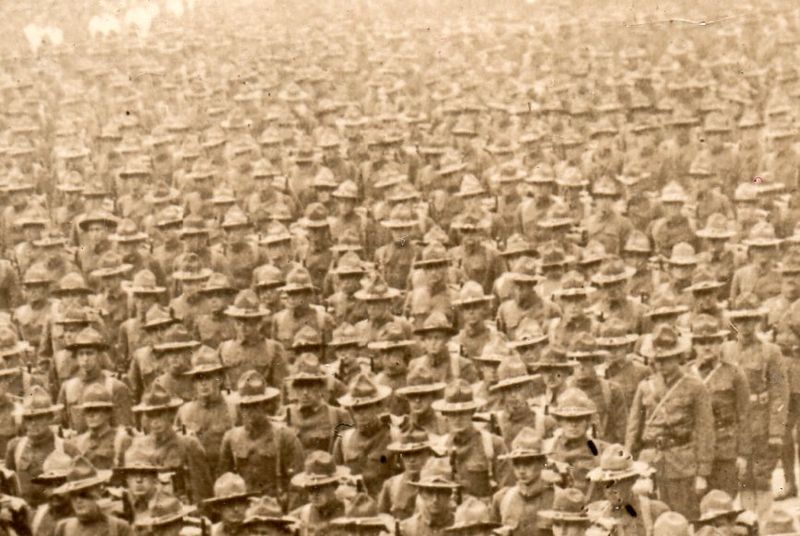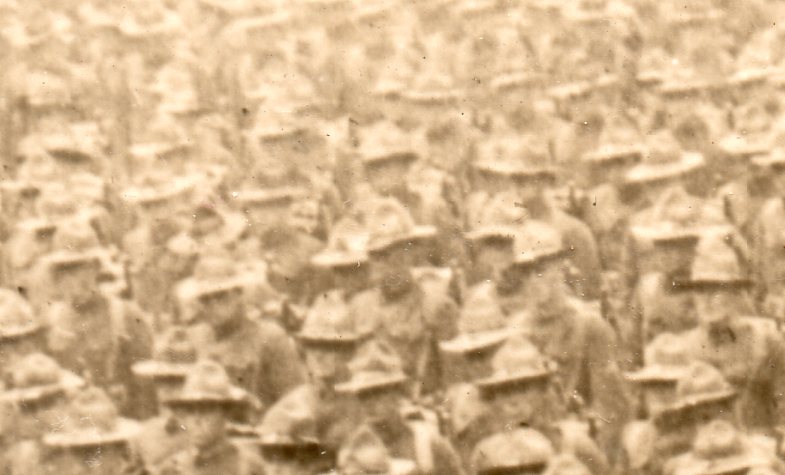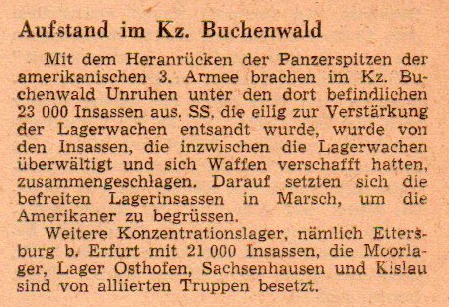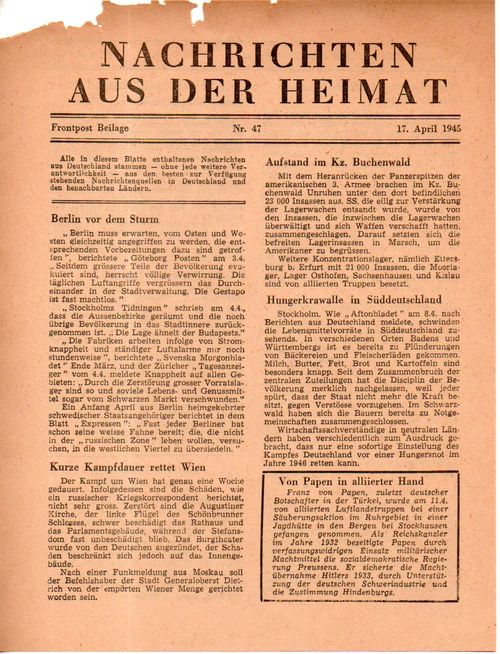And by the way “our normal Federal headquarters at Washington, D.C. Is severely damaged and completely out of operation”. The “headquarters” being, basically, downtown D.C.
Federal workers out in the country away from D.C. fared better.
Communications: in this report 80% of pre-attack telephones and 95% of pre-attack central stations...[would] be in service and have access to toll routes”.(pg 15) though “no route [would be] intact for transcontinental or through north-south traffic”.
Radio does better at night: “it is evident that heavy damage to radio stations will leave some areas with little or no daytime coverage, but night time coverage should still be good”.
Finance: “sufficient banking capacity has survived to support the surviving productive capability...the Federal Reserve System, though badly damaged, is in a position to support surviving banking institutions”.
One third of the $18 billion held by the Fed has been destroyed...though there will be enough currency in circulation “for a reduced level of economic activity, although there may be some local shortages...”
One-half to two-thirds of the commercial banking system survives.
The board of the Federal Reserve also survives.
Population: 21 million die either immediately or shortly after the attack from blast effects, with 13 million dying from fallout, making the total 34 million. 17 million are injured and expected to recover. 135 million do not have a significant injury. 51 million total. Most of these are in big cities, though we see that the states of MA, WA, VT, TN, Wva, OR suffer 42%-49% casualties, CT, MO, IL, MI, DE, NY, CA, OK, TX, LA, KS, NM, OH all suffer 30%-38% casualties. D.C. Leads away with 88% casualties.
Medical: a big topic dispensed with in two sentences (and to be read while whistling a happy tune), and which seems to make little sense at all when discussing injury rates in the 2 million range and their treatment. In shorter than the shortened story, all inventories of medical supplies “could priovide for needs for the first 25 days. Deficiencies would occur on many items...”
No mention of medical personnel or facilities survivability is made.
Somehow though 70%-95% pf drug and pharmaceutical companies survive and operate, though the manpower is down 25%. How this occurs when so many of these places are located near large cities that have been decimated, I do not know.
Food: the report assumes that food stocked “in the home, the retail store, and the small wholesaler would be sufficient to meet local needs for 30 days...” I think everyone has seen what happens to food and toilet paper when a snow storm threatens. Also grain mill products, sugar factories, production of fats and oils, meat/dairy/bakery services would be 40% available after 30 days.
About 50% of “lands in farms and 46% of crops harvested” would be available immediately. By D+30 88% would be available.
Leading the way for operations under “non-emergency conditions” is tobacco, 91.6% of farms being available after 30 days. Fruit and nut and vegetable production is last at 75% after 30 days.
Housing: it is calculated that on a nationwide basis that “housing will not constitute a major problem from the standpoint of requirements for materials and manpower”. Most of this evidently is accomplished by doubling-up occupancy “from pre-attack levels of .65 persons per room to 1.26”.
“Early decisions as to investment in physical plant will great effect subsequent GNP”.
21% of steel and 34% of all industry (?) is available immediately after attack, the numbers jumping to 55% and 52% with emergency effort after 90 days, with the balance “denied w/o major repair or decontamination”.
Part of the report concentrated on how dependable the data are, and how reliable the interpretation was . In summary it seems to my reading that the exercise showed fairly accurate information, and given the massive attack that the sovereignty (measured in terms of governance and military capacity) and the capability to survive (meaning financial structure, production, industry, population) remains basically intact even given large amounts of destruction. The bottom line is that the country survives and gets on with life. The report has nothing to do with the U.S. response, or the outcome of the war.
The Nuts & Bolts:
Exercise SPADEFORK Situation Analysis, printed by the Executive Office of the President, Office of Emergency Planning. 1962. 11x8". This report on Exercise Spadefork was issued at the very beginning of the Cuban Missile Crisis on October 1,1962. Undertaken by the National Resource Evaluation Center (NREC) and other agencies it was supposed to give a good indication of what happens after a very large nuclear attack on the United States, “Measuring the Capability of Survival”, evaluating what remains of the country and its sovereignty. It is odd that even though this document received a small circulation there is only one copy (at the U.S. Army Heritage Center library) located in the massive database, WorldCat/OCLC. You can own this report for $750


